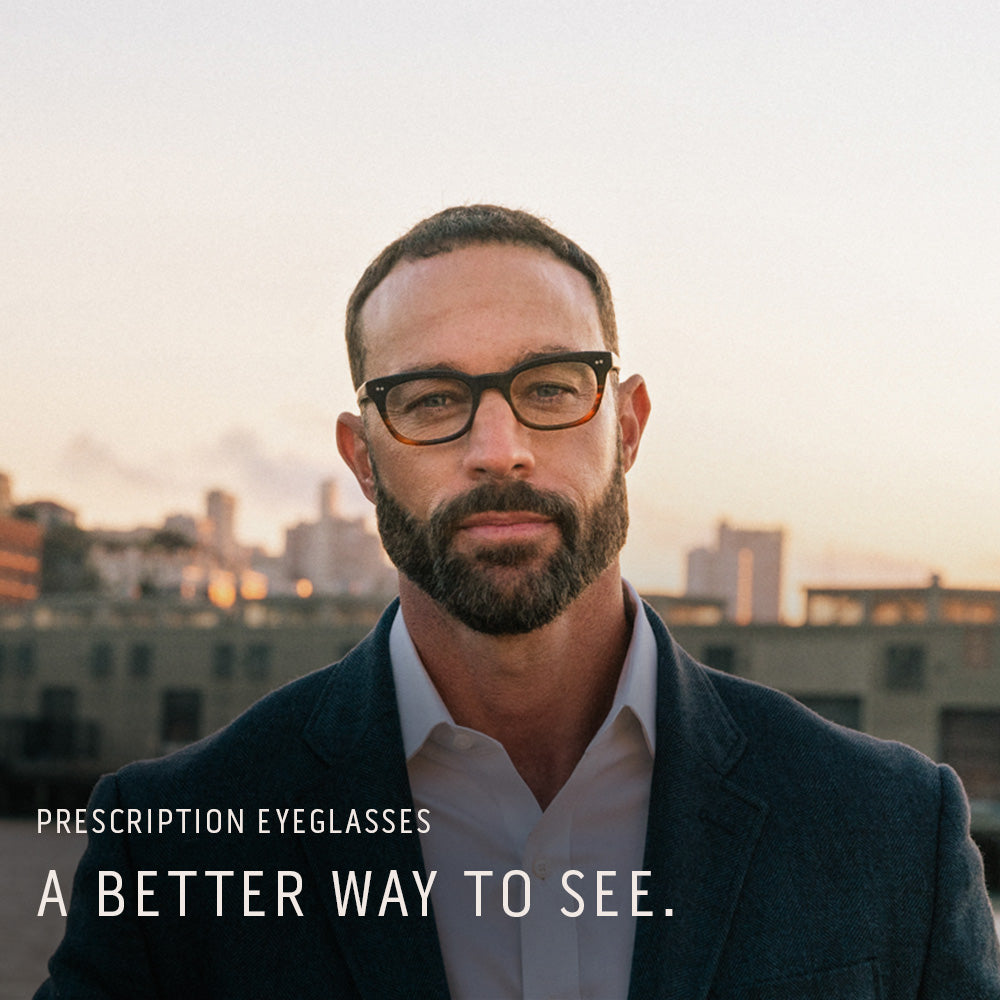Reading
Prescription
LENSES
Have a pair of favorite glasses or prescription sunglasses that you love but can't see out of anymore?
Give your favorite frames a second life with brand new lenses by L&F. Send us your prescription, we'll send you label to ship us your old frames, and then we'll get those old frames fitted with lenses that will change the way you see your world.
Have a pair of favorite glasses or prescription sunglasses that you love but can't see out of anymore?
Give your favorite frames a second life with brand new lenses by L&F. Send us your prescription, we'll send you label to ship us your old frames, and then we'll get those old frames fitted with lenses that will change the way you see your world.

SHOP REPLACEMENT LENSES

SHOP OMBRAZ LENSES

How prescription lenses can help to correct Myopia, Hyperopia and Astigmatism
Nearly 75% of the American population requires some form of vision correction. The medical profession catalogs the most common conditions as myopia, hyperopia and astigmatism. Let’s take a moment to learn about how our eyes work to focus clearly, and how prescription lenses can help to correct these common refractive errors.
Your eyes work with your brain to focus on light, similar to how a movie projector focuses images on a screen. In this analogy, the movie screen is the retina located at the back of the eyeball. Light from the objects you are viewing enters the eye first through the transparent and dome-shaped cornea, then through your lens, on its way to the retina at the back of the eyeball. When the eyes focus correctly, the light rays are focused perfectly onto the surface of the retina, just like the screen in a movie theater.
Nearsightedness – or myopia – results when light rays are focused on a point in the eyeball somewhere in front of the retina. Consequently, the myopic eye can focus clearly on objects up close (hence they are “nearsighted”), but objects in the distance appear blurry.
Farsightedness – or hyperopia – results when light rays are focused on a point beyond the retina. In this case, the hyperopic eye can focus clearly on objects farther away while objects up close appear blurry.
An eye that focuses correctly has a cornea that is spherical-shaped. Astigmatism refers to a misshapen cornea that is not spherical which causes light to bend and therefore focus on a point either in front of or behind the retina. Often the astigmatism produces two different focal points for the light entering the eye. Individuals with a more severe astigmatism may see objects that appear to be bent or distorted in addition to blurry.
Your vision prescription can tell you what refractive error your lenses are correcting. “+” numbers in the Sphere column correct for hyperopia or farsightedness; “-“ numbers correct for myopia or near-sightedness. A number in the cylinder column means your lenses correct for astigmatism.
Click this link to our article explaining how to read the vision numbers in your eyeglasses prescription - especially if you're curious if you need multi-focal Rx Progressive lenses.
Now that you have a better understanding about common refractive errors and how to interpret your vision numbers, we invite you to learn about the different lens materials we offer and which one is best for you.
Also in Eyewear Explainers

What are progressive glasses, who needs them and how do they help people see more clearly

Computer Glasses. What and Why







